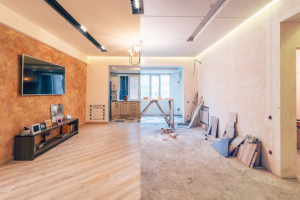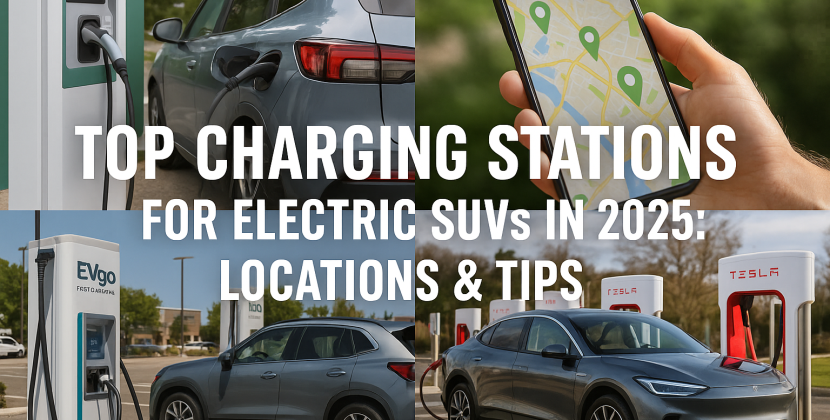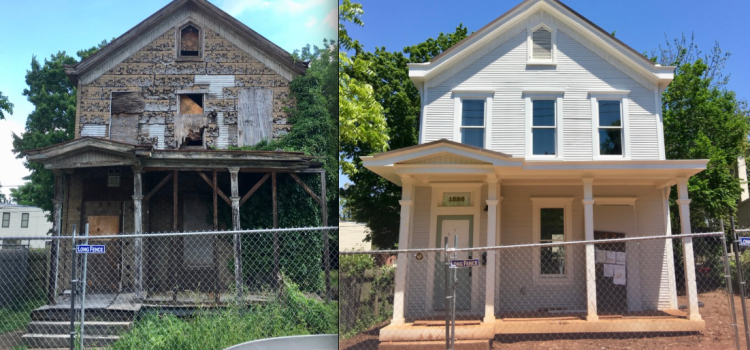
Rebuilding Home Affordability: A Path for Millions to Follow
The dream of homeownership has been a cornerstone of the American dream, but for many, it remains elusive due to affordability constraints. This article explores a path to rebuilding home affordability, making it accessible for millions and rekindling the American dream of homeownership.
The Challenge of Home Affordability
Homeownership is not just a financial milestone but a symbol of achievement and security. However, this dream has become increasingly challenging for a significant portion of the population due to escalating housing costs, stagnant incomes, and the shortage of affordable housing options. The need for a solution that makes homeownership attainable for all Americans is more pressing than ever.
Home Restoration: A Path to Rebuilding Affordability
One innovative strategy that holds promise in addressing the affordable housing crisis is home restoration. This approach entails the transformation of neglected or underutilized properties into affordable and habitable homes.
Maximizing Existing Resources
The power of home restoration lies in its ability to maximize existing resources. Neglected homes can be transformed into desirable living spaces at a fraction of the cost of constructing new homes. This cost-effectiveness reduces the financial burden on homeowners, investors, and organizations looking to provide affordable housing solutions.
Preserving Community Character
Beyond economics, home restoration projects often play a vital role in preserving the character and history of communities. By maintaining the unique identity of neighborhoods and enhancing property values, restoration initiatives benefit not only current residents but also the charm and identity of the community.
Table 1: Benefits of Home Restoration
| Benefit | Key Advantages |
|---|---|
| Maximizing Resources | Lower investment compared to new construction. |
| Preserving Community | Maintains community character and history. |

Government Initiatives
Governments at various levels are recognizing the importance of home restoration in addressing the affordable housing crisis. They are implementing policies and providing incentives to encourage the restoration of existing housing stock.
Tax Incentives
Tax incentives, in the form of deductions or credits for restoration projects, motivate homeowners and investors to engage in these initiatives. These incentives can significantly reduce the financial burden associated with home restoration, making it more attractive.
Streamlined Regulations
Governments are simplifying regulations and permitting processes for restoration projects, making it easier for homeowners to navigate the process.
Table 2: Government Initiatives for Home Restoration
| Initiative | Key Actions |
|---|---|
| Tax Incentives | Deductions and credits for restoration. |
| Streamlined Regulations | Simplified permitting processes. |
Community Engagement
Community involvement is a critical aspect of the success of home restoration projects. Local organizations, nonprofits, and volunteers play a significant role in these efforts.
Community-Based Projects
Community-based restoration projects unite residents to improve housing conditions and foster a sense of unity and pride within neighborhoods.
Nonprofit Initiatives
Nonprofits dedicated to affordable housing are increasingly focusing on restoration projects. They acquire homes in need of repair and undertake the necessary renovations to ensure they remain accessible to those in need.
Table 3: Community Engagement in Home Restoration
| Community Involvement | Key Aspects |
|---|---|
| Community-Based Projects | Unites people in improving housing. |
| Nonprofit Initiatives | Acquire and restore homes for accessibility. |
The Path Forward
Rebuilding home affordability is a collaborative effort that involves governments, communities, and homeowners. By maximizing existing resources, preserving community character, and leveraging government support and community engagement, we can make significant strides in addressing the affordable housing crisis and making affordable homeownership a reality for millions.
Conclusion
The restoration of homes presents a multifaceted strategy for rebuilding home affordability. By harnessing the potential of existing resources, preserving the essence of communities, and creating cost-effective housing solutions, we can make the dream of homeownership accessible to millions of Americans. The path forward is one of collaboration, innovation, and a shared commitment to rekindling the American dream of homeownership through the rebuilding of home affordability.










